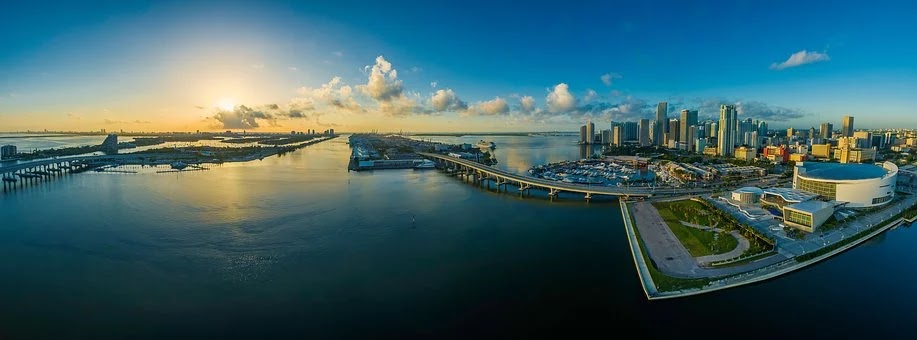Tampa, Florida
Located in the mid-western part of Florida, specifically on the north shore of Tampa Bay, Tampa is connected to St. Petersburg and Clearwater via the Gandhi and Howard Frankland Bridges, and together the three cities are one of Florida’s largest urban areas.
The indigenous Indian peoples of Kalusa and Timokwa are among the first inhabitants of this region, and spanish explorer Ponce de León first arrived in the Tampa Bay area in 1513, but the Spanish focused most of their attention on stability in eastern and not western Florida, and the locals had blocked any attempt before. The Spanish converted to Catholicism or to establish a settlement, and archaeological evidence reveals the complete collapse of local cultures in the region after europeans came to it, possibly due to the infectious diseases brought by Europeans to the region.
In 1824, the U.S. Army established Fort Brook to protect the strategic harbor in Tampa Bay and to monitor the native Indian Semoniles, and the development of the Tampa Bay area began after the area became part of the United States in 1845, and with the Civil War, Florida seceded from the Union. The Martial Law of Tampa was proclaimed in 1862, and at the end of the war in 1865, Tampa Castle was occupied as part of the reintegration and reconstruction of the state, and the city is known for the opening of the world’s first passenger air service between it and the city of St. Petersburg in 1914.
Population
According to the 2014 census, Tampa’s population is estimated at 350,000, making it the 53rd civilian in the United States in terms of population.
Eggs at 62.9%.
Dark skin with 26.2%.
23.1% of Latin origins
Asians by 3.4%.
Native Americans by 0.4.
Other races by 3.8%.
Economy
Downtown Tampa’s main business district has grown spectacularly since the 1960s, with large banks and other companies building large glass, steel and concrete near the bay, and thus the city has evolved into a multicultural and diverse business center with the construction of communities Sustainable for its residents, people of all ages arrive in the city to work and settle there. The port of Tampa is one of the city’s most important economic tributaries. Phosphates and citrus fruits account for a large part of the port’s exports, while imports are concentrated on oil, coal and steel, and the international airport, rail network, and highways add valuable sources to revive the economy and make the city a hub for regional trade and distribution. The economy is also buoyed by the presence of numerous financial services, insurance and manufacturing services, including the manufacture of medical products, fertilizers, electronics, clothing, high-tech industries, and tourism.
Culture and tourism
One of Tampa’s most popular pirate festival, the Pirates of Gasperla festival, is held annually in February to recall the pirate invasion of the city, and the idea is based on the life of the legendary pirate José Gaspard, who is said to be the scariest western pirate.
x






